What Is The Best Monocular For Bird Watching ?
The best monocular for bird watching is subjective and depends on personal preferences and needs. However, some popular options among bird watchers include the Vortex Optics Solo Monocular, the Wingspan Optics Explorer High Powered Monocular, and the Celestron Nature DX ED Monocular. These monoculars offer high-quality optics, durable construction, and comfortable handling. It is important to consider factors such as magnification, objective lens size, and weight when choosing a monocular for bird watching. Additionally, some bird watchers prefer monoculars with image stabilization technology to reduce hand shake and improve image clarity.
1、 Magnification power
What is the best monocular for bird watching? Magnification power is a crucial factor to consider when choosing a monocular for bird watching. A magnification power of 8x to 10x is ideal for bird watching as it provides a clear and detailed view of birds without causing too much image shake. However, some bird watchers prefer a higher magnification power of 12x or 16x for long-distance bird watching.
Apart from magnification power, other factors to consider when choosing a monocular for bird watching include the objective lens diameter, field of view, and image quality. A larger objective lens diameter allows more light to enter the monocular, resulting in brighter and clearer images. A wider field of view allows bird watchers to locate and track birds more easily, while image quality is essential for capturing fine details and colors of birds.
The latest point of view is that monoculars with image stabilization technology are becoming increasingly popular among bird watchers. Image stabilization technology reduces image shake, resulting in a more stable and clearer image, even at higher magnification powers. Some monoculars also come with smartphone adapters, allowing bird watchers to capture and share images and videos of birds with ease.
In conclusion, when choosing the best monocular for bird watching, consider a magnification power of 8x to 10x, a larger objective lens diameter, a wider field of view, and image quality. Additionally, consider monoculars with image stabilization technology and smartphone adapters for a more enjoyable bird watching experience.
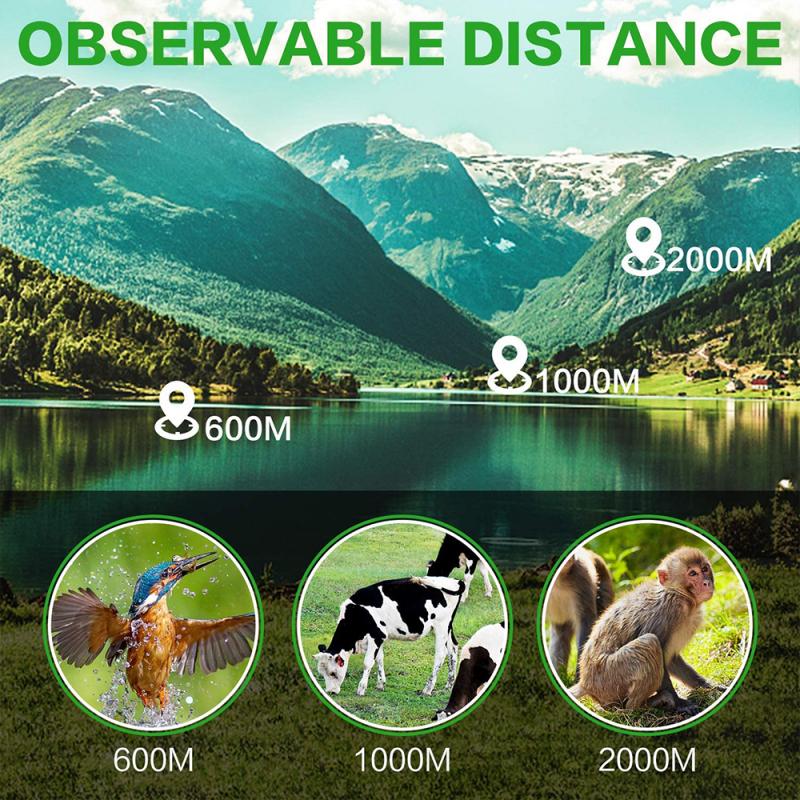
2、 Objective lens diameter
What is the best monocular for bird watching? The answer to this question depends on several factors, including the user's preferences, budget, and the specific features of the monocular. However, one of the most important factors to consider when choosing a monocular for bird watching is the objective lens diameter.
The objective lens diameter refers to the size of the lens at the front of the monocular. A larger objective lens diameter allows more light to enter the monocular, resulting in a brighter and clearer image. For bird watching, a monocular with an objective lens diameter of at least 30mm is recommended. However, some bird watchers prefer larger objective lenses, such as 42mm or 50mm, for even better image quality.
In addition to the objective lens diameter, other features to consider when choosing a monocular for bird watching include magnification, field of view, and image stabilization. Some of the top monoculars for bird watching on the market today include the Vortex Optics Solo R/T 8x36 Monocular, the Leica Monovid 8x20 Monocular, and the Zeiss Victory Pocket 8x25 Monocular.
Ultimately, the best monocular for bird watching will depend on the individual's needs and preferences. It is recommended to try out different models and read reviews before making a purchase.
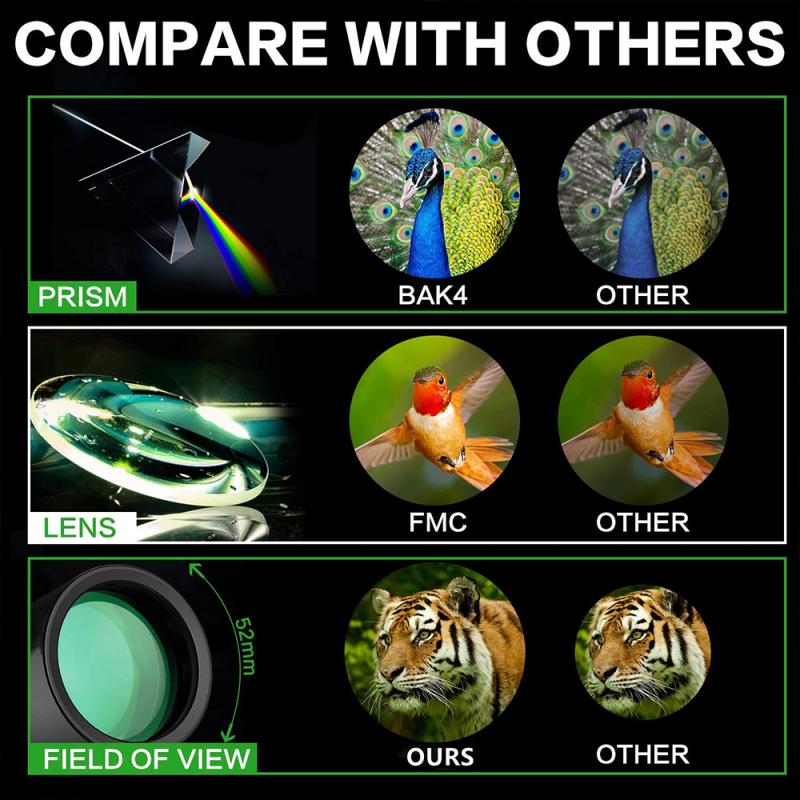
3、 Field of view
What is the best monocular for bird watching? The answer to this question depends on several factors, including the user's preferences, budget, and the specific features they are looking for in a monocular. However, one of the most important factors to consider when choosing a monocular for bird watching is the field of view.
A wider field of view allows bird watchers to see more of their surroundings and spot birds more easily. Monoculars with a field of view of 300 feet or more are ideal for bird watching. Additionally, a monocular with a larger objective lens diameter will provide a brighter and clearer image, making it easier to identify birds.
One of the latest trends in monoculars for bird watching is the use of ED (Extra-low Dispersion) glass. This type of glass reduces chromatic aberration, which can cause color fringing and reduce image clarity. Monoculars with ED glass provide a sharper and more detailed image, making it easier to identify birds.
Some of the best monoculars for bird watching include the Vortex Optics Solo R/T 8x36 Monocular, the Leica Monovid 8x20 Monocular, and the Zeiss Victory Mono 10x25 T Monocular. These monoculars offer a wide field of view, high-quality optics, and are designed specifically for bird watching.
In conclusion, when choosing a monocular for bird watching, it is important to consider the field of view, objective lens diameter, and the use of ED glass. By taking these factors into account, bird watchers can find a monocular that will provide them with a clear and detailed view of their feathered friends.
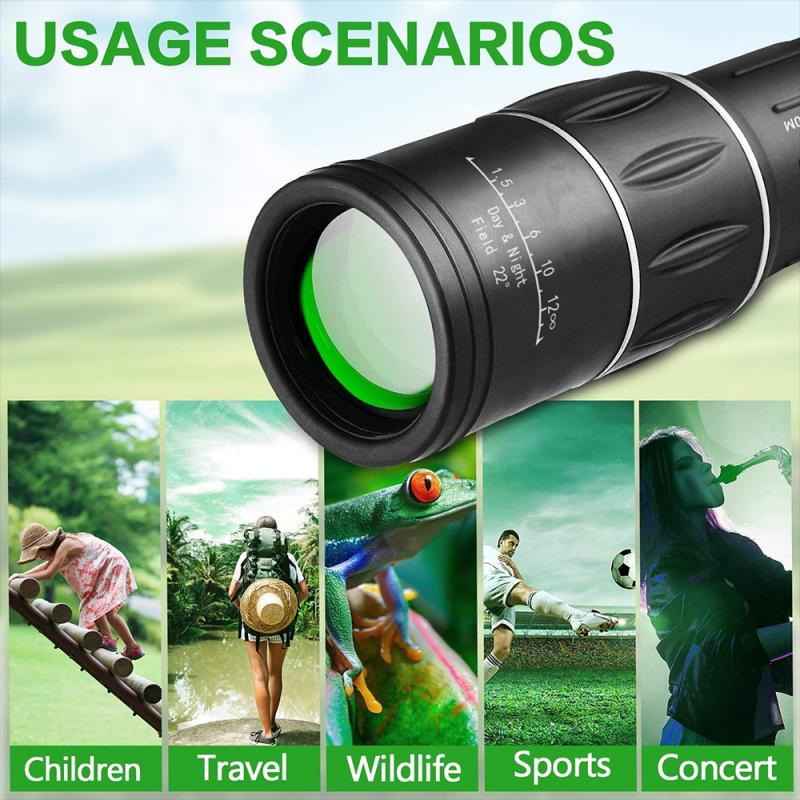
4、 Close focus distance
What is the best monocular for bird watching? The answer to this question depends on several factors, including the user's budget, preferences, and needs. However, one of the most important features to consider when choosing a monocular for bird watching is the close focus distance.
Close focus distance refers to the minimum distance at which the monocular can focus on an object. For bird watchers, this is particularly important because birds are often small and move quickly, making it necessary to get a close-up view. A monocular with a close focus distance of 6-8 feet or less is ideal for bird watching.
One monocular that is highly recommended for bird watching is the Vortex Optics Solo R/T 8x36 Monocular. It has a close focus distance of 16.4 feet, which is slightly higher than the ideal range, but it makes up for it with its high-quality optics and durable construction. It also has a reticle that can be used for range estimation and quick target acquisition.
Another monocular that is popular among bird watchers is the Celestron Nature DX ED 10x42 Monocular. It has a close focus distance of 6.5 feet, which is within the ideal range, and it also features extra-low dispersion (ED) glass for high-resolution images and a durable, waterproof design.
In conclusion, when choosing a monocular for bird watching, it is important to consider the close focus distance. A monocular with a close focus distance of 6-8 feet or less is ideal for bird watching, and there are several high-quality options available on the market today.
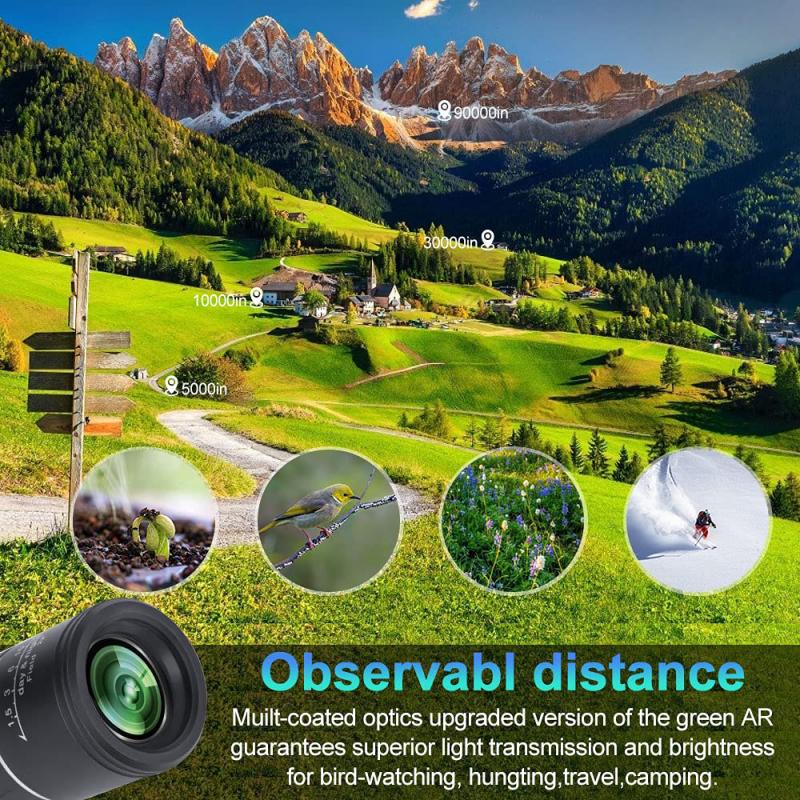




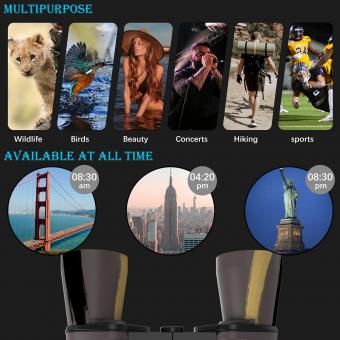

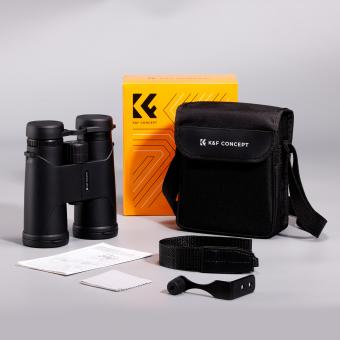

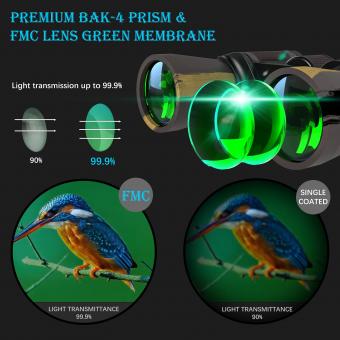

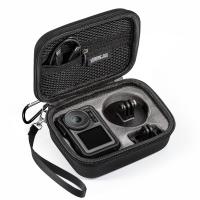
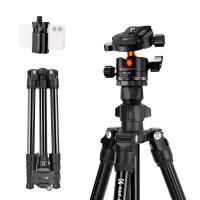

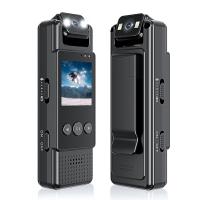

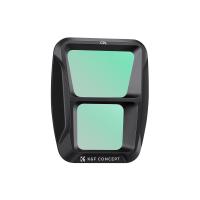



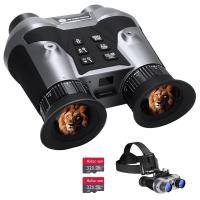




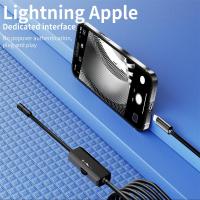




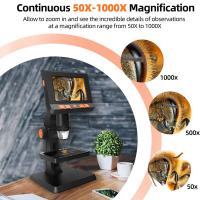
There are no comments for this blog.